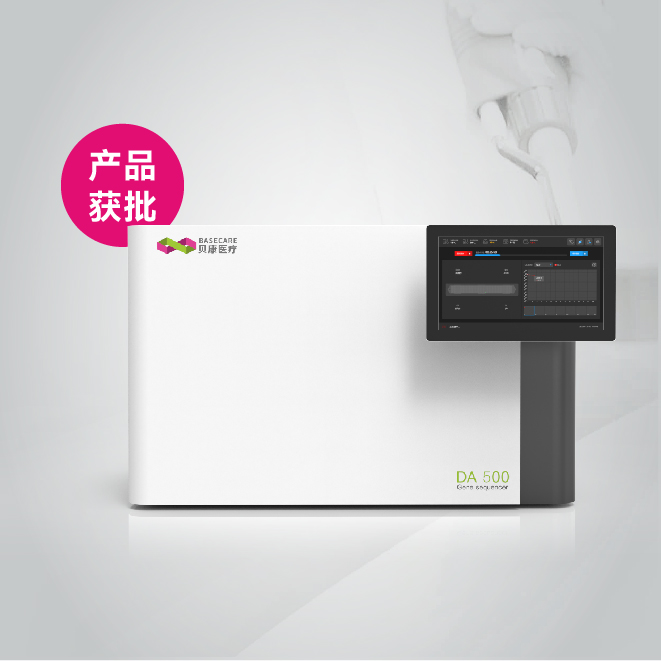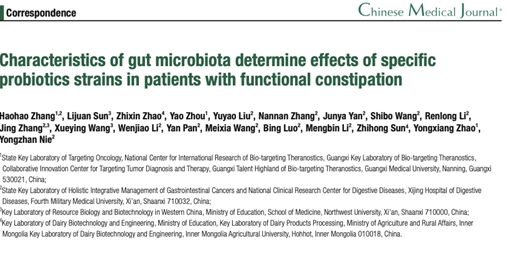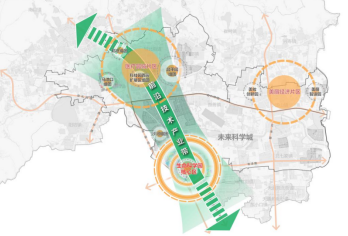This protocol describes one-step real time quantitative reverse transcription PCR to quantify relative levels of a particular mRNA sequence between two samples. This technique is also called known commerically as Taqman, qRT-PCR, real-time PCR. This particular protocol describes use of a flourescent labeled probe (FAM) to provide readings.
Starting Materials
Validated PCR primers " probe that are efficient over the range of RNA that you are assaying. Primers are typically designed with a 58 degree Tm but may vary by lab.
PCR primers and probe for a house keeping gene (ie B-actin, GAPDH, RPL19)
Taq Polymerase, MuLV RT
dNTPs, MgCl2, nuclease free water
PCR strip caps or 96-well plates with transpearant caps
total RNA (~50ng per reaction, diluted to 10ng/ul)
Basic Principle
Combine RT, Taq, dNTPs, primers, probe and RNA in a single tube. Add enzymes last.
Reverse transcribe the RNA for ~ 30' to form a template for Taq-mediated PCR.
Do 40 cycles of PCR. Measure the levels of template after each cycle with a real-time PCR machine.
Analyze the results.
Protocol
Generate a 10x solution for each gene target that includes the appropriate forward primer, reverse primer, and labelled probe (FAM-BHQ1, FAM-TAM, etc).
Combine RT, Taq, dNTPs, MgCl2 and H2O in a single tube called your master mix. Make sure to add enzymes last. Mix by pipetting (do not vortex enzymes).
Add the appropriate quantity (refer to your kit) of master mix to 10x primer mix.
Dilute RNA to ~ 10ng/ul. Pipet 5 ul into each well.
Add PCR reaction mix for each gene target into the appropriate well.
Cycles for MuLV reverse transcriptase with Amplitaq Gold from Applied Biosystems. This program may need adjustments depending on your primer design. It's a good starting point.
30' at 48 degrees
10' at 94 degrees
40 Cycles
30" 94 degrees
60" 60 degrees
(optional) 60" 72 degrees
END
The first time you use a primer set it is a good idea to run the sample out to ensure that you're getting one band, thus showing that your primers are specific for your desired gene product.
Comments " Tips
Use a master mix to ensure a consistent amount of enzyme in each tube that you will be comparing.







